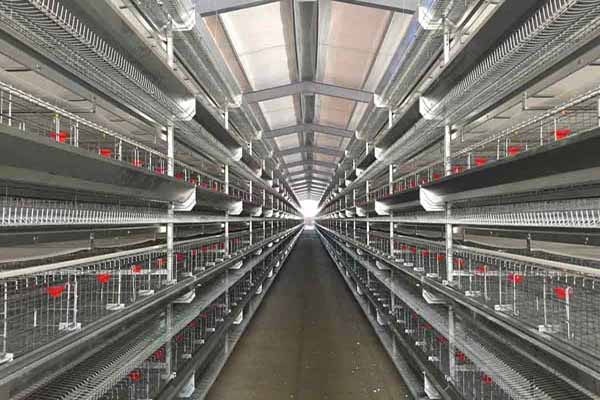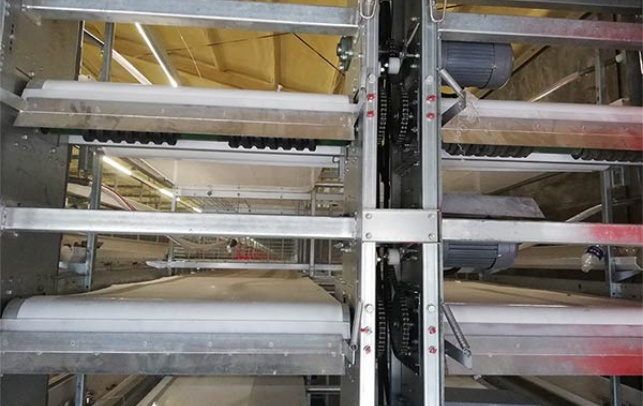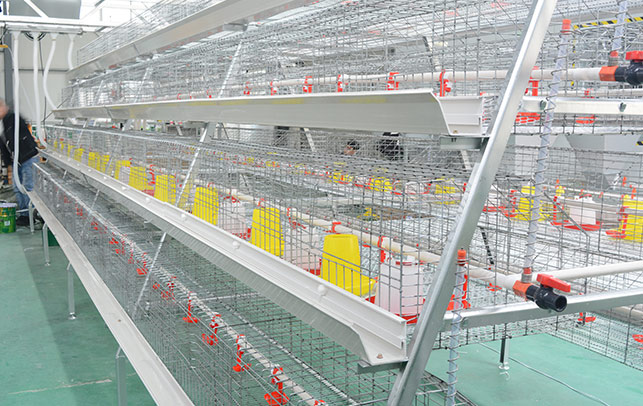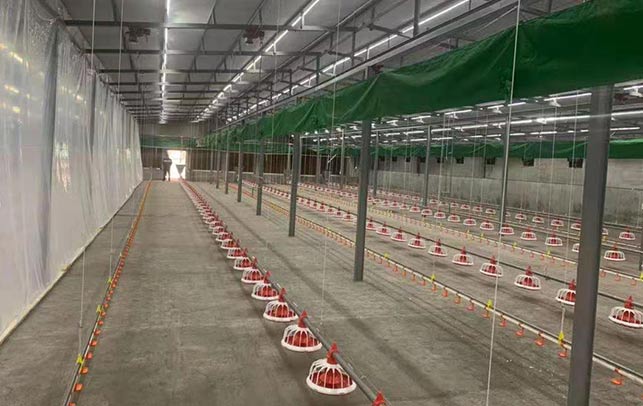How to Set the Lighting Time in Tanzania Chicken Farms: A Guide from Livi Machinery
Time : 2025-07-24
Setting the lighting time in Tanzania chicken farms is a crucial aspect of poultry management that directly impacts the health, productivity, and overall well-being of the chickens. As a leading Chinese poultry equipment manufacturer, Livi Machinery is committed to providing practical and professional solutions to optimize your farm’s lighting system. In this article, we’ll walk you through the steps to effectively set the lighting time in your Tanzania chicken farm.
Understanding the Importance of Lighting in Chicken Farms
Lighting plays a vital role in poultry farming. It affects the chickens’ circadian rhythms, which in turn impacts their feeding, egg production, and overall health. Proper lighting can lead to:
– Increased Egg Production: Regular lighting patterns can stimulate the laying of eggs.
– Improved Growth Rate: Poultry need a consistent light schedule to grow at an optimal rate.
– Enhanced Immune System: Adequate lighting can help chickens maintain a strong immune system.
– Reduced Stress Levels: A stable lighting schedule can minimize stress, which is beneficial for both the chickens and the farm’s operation.
Factors to Consider When Setting Lighting Time
Before setting the lighting time, it’s important to consider the following factors:
– Bird Species: Different species of chickens have different lighting requirements.
– Age of Chickens: Young chicks have different lighting needs compared to adult chickens.
– Seasonal Changes: In Tanzania, the daylight hours vary throughout the year, which should be taken into account.
– Health and Welfare: The overall health and well-being of the chickens should guide the lighting schedule.
Step-by-Step Guide to Setting Lighting Time
1. Determine the Optimal Lighting Schedule
For the first few weeks, chicks need 24-hour lighting to establish their day-night cycle. After that, you can gradually reduce the lighting hours to 16-17 hours per day. As the chickens grow, you can adjust the lighting hours to align with the natural daylight hours.
2. Choose the Right Lighting Equipment
Select high-quality lighting equipment that provides a consistent light source. Livi Machinery offers a range of lighting solutions, including LED grow lights and fluorescent tubes, which are energy-efficient and provide the ideal spectrum of light for poultry.
3. Install Lighting Fixtures
Position lighting fixtures evenly throughout the chicken house to ensure consistent light distribution. The height of the fixtures should be adjustable to accommodate the growth of the chickens.
4. Adjust the Lighting Schedule
To adjust the lighting schedule, use a timer or an automated lighting system. This ensures that the chickens receive the correct amount of light at the right time, every day.
5. Monitor and Adjust
Regularly monitor the chickens’ behavior and health to ensure that the lighting schedule is meeting their needs. Adjust the lighting time as necessary based on the chickens’ response.
Tips for Effective Lighting Management
– Avoid Sudden Changes: Gradually adjust the lighting schedule to avoid startling the chickens.
– Maintain Clean Fixtures: Regularly clean the lighting fixtures to prevent dust and debris from blocking the light.
– Consider Natural Light: If possible, use natural light to supplement the artificial lighting, especially during the day.
Conclusion
Proper lighting management is essential for the success of your Tanzania chicken farm. By following the steps outlined in this guide and using high-quality lighting equipment from Livi Machinery, you can create an optimal environment for your chickens to thrive.
For more information on lighting solutions for your chicken farm, visit our website at [Livi Machinery]() or contact our team of experts today.












